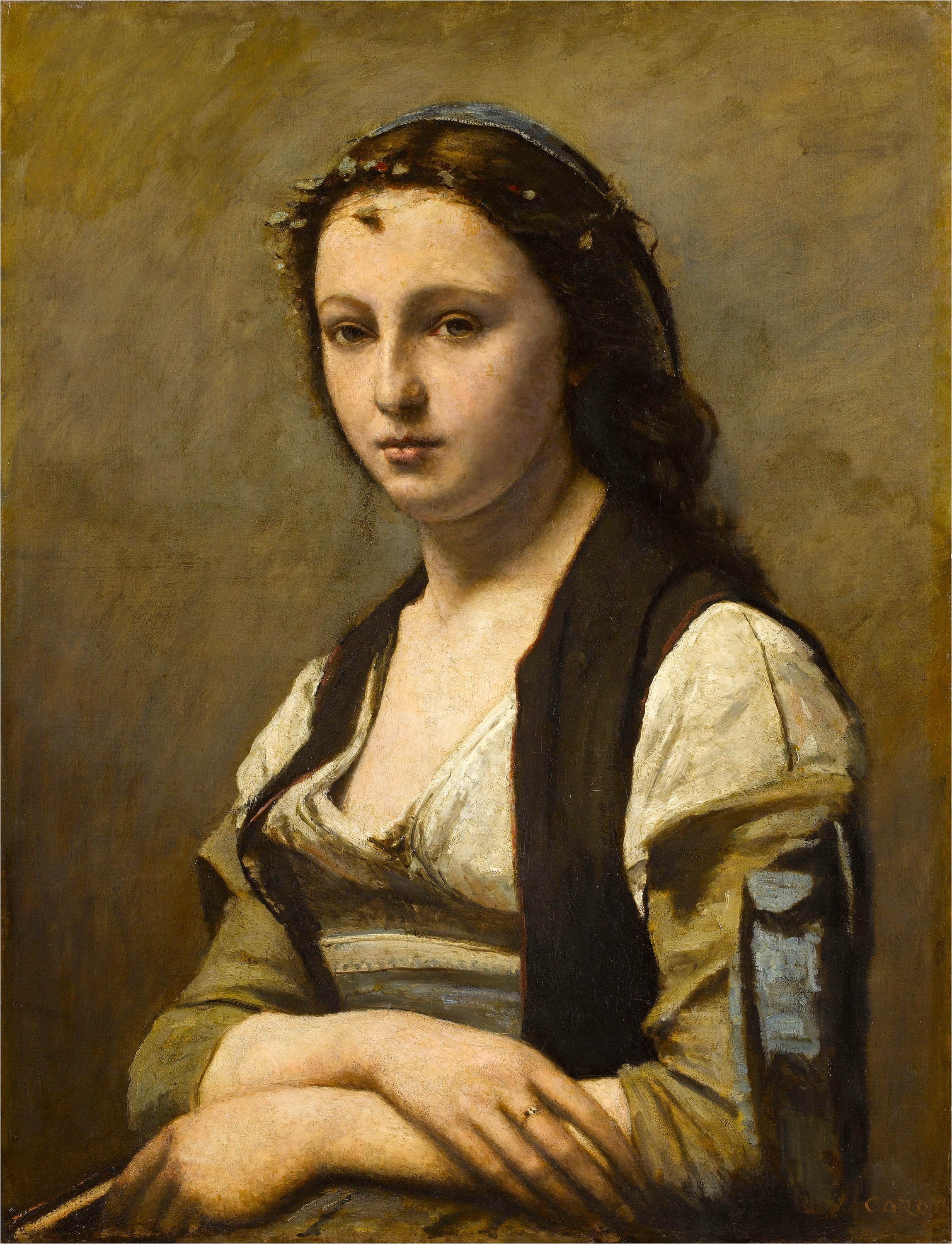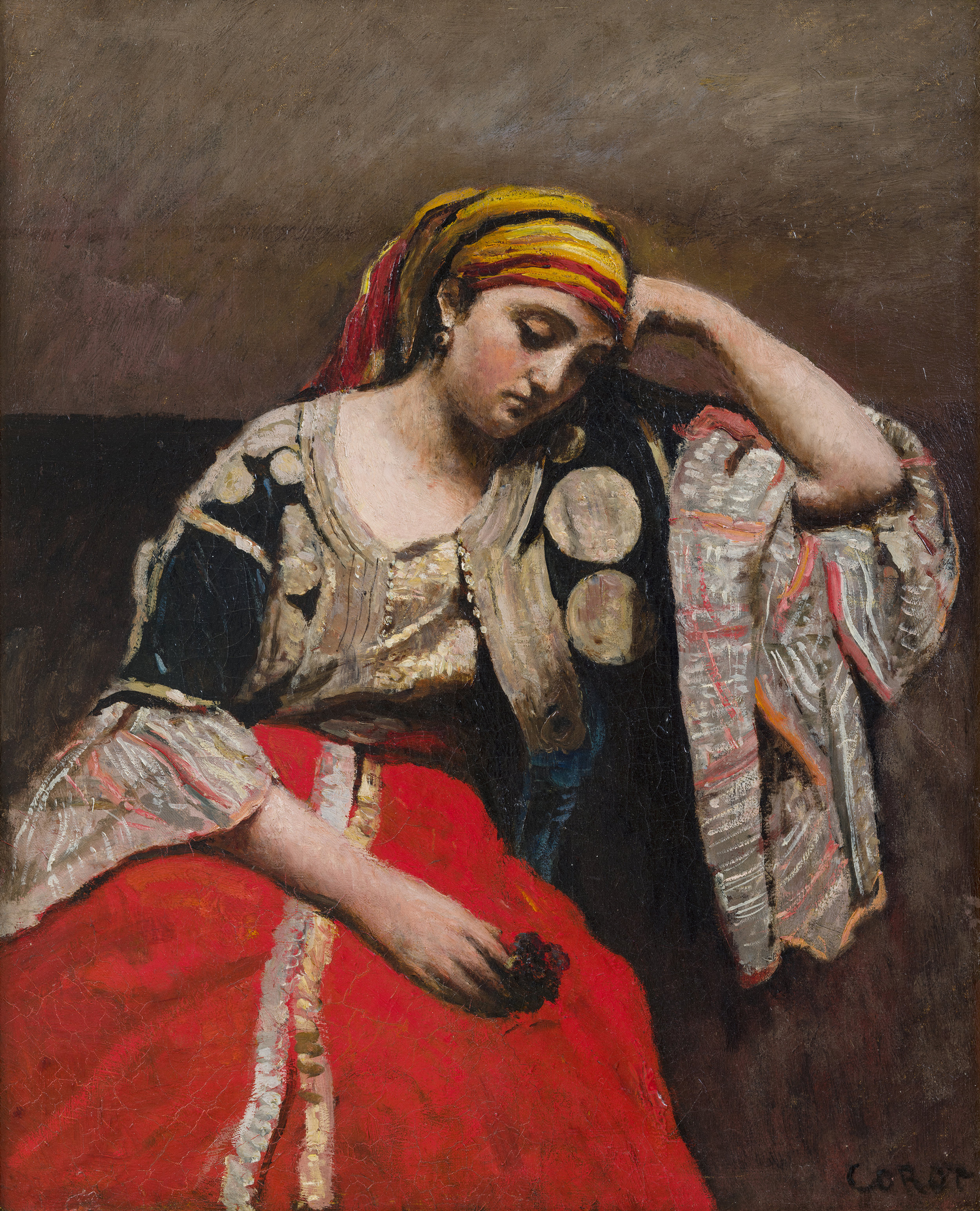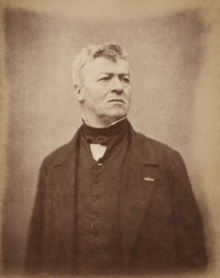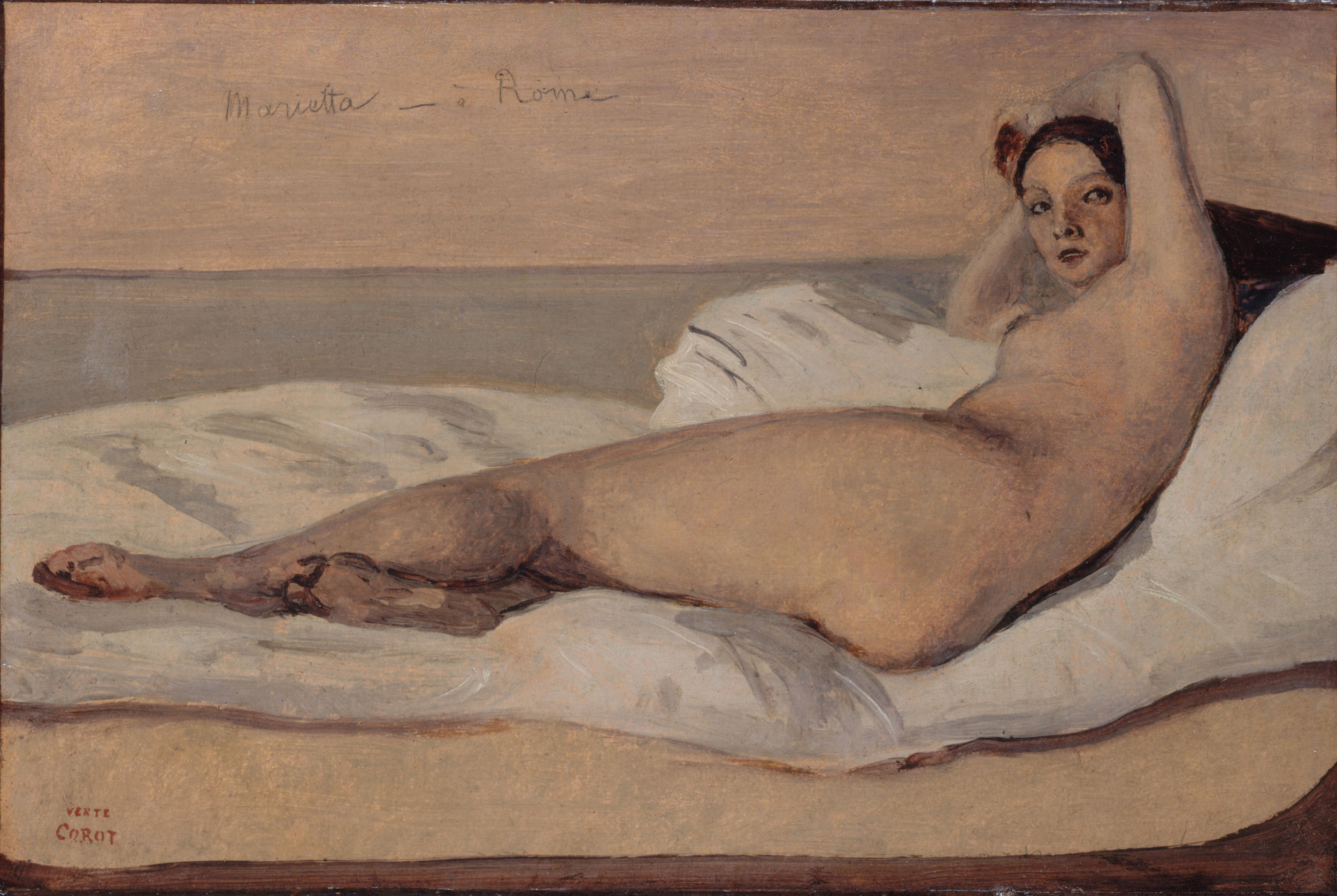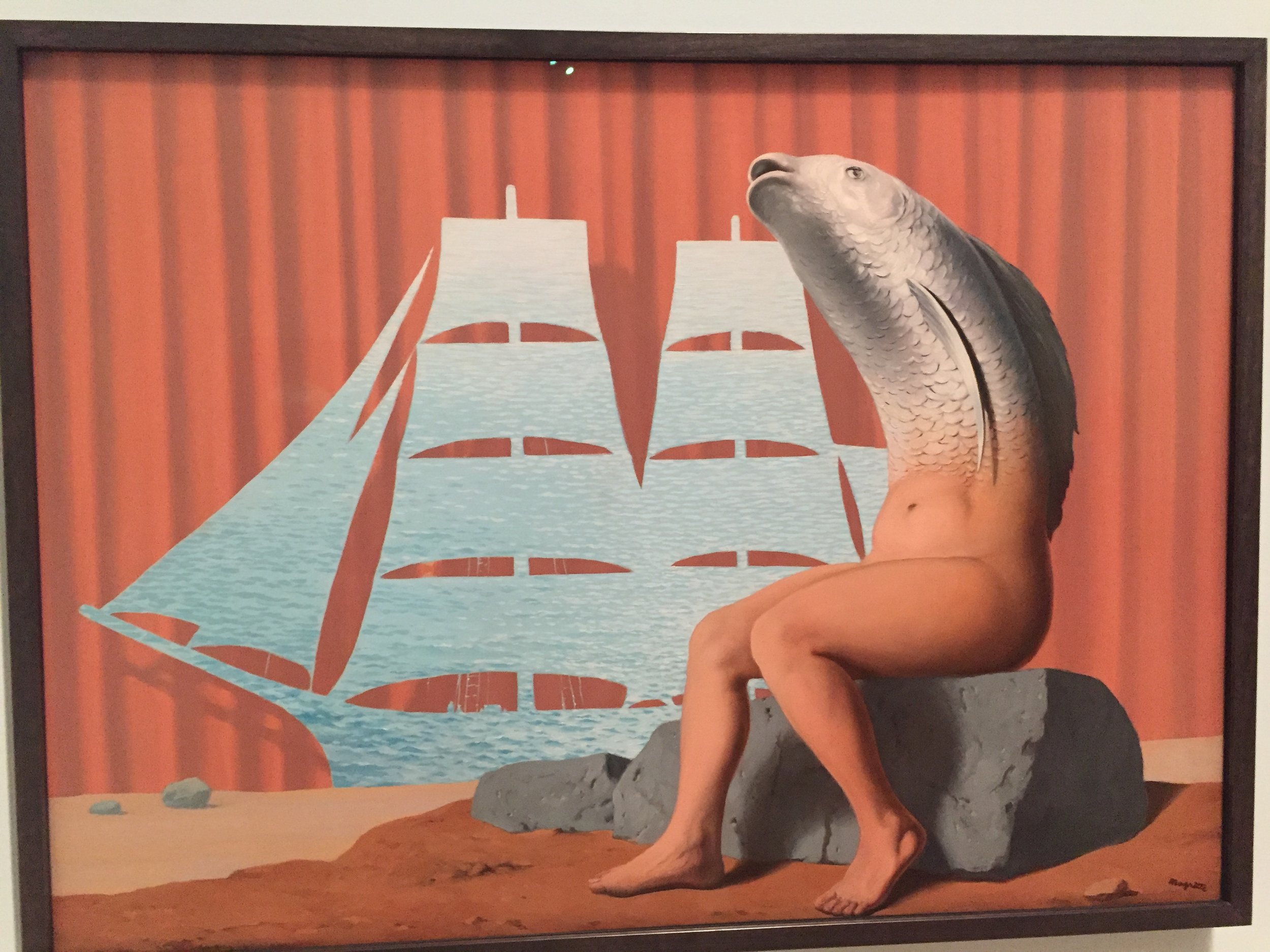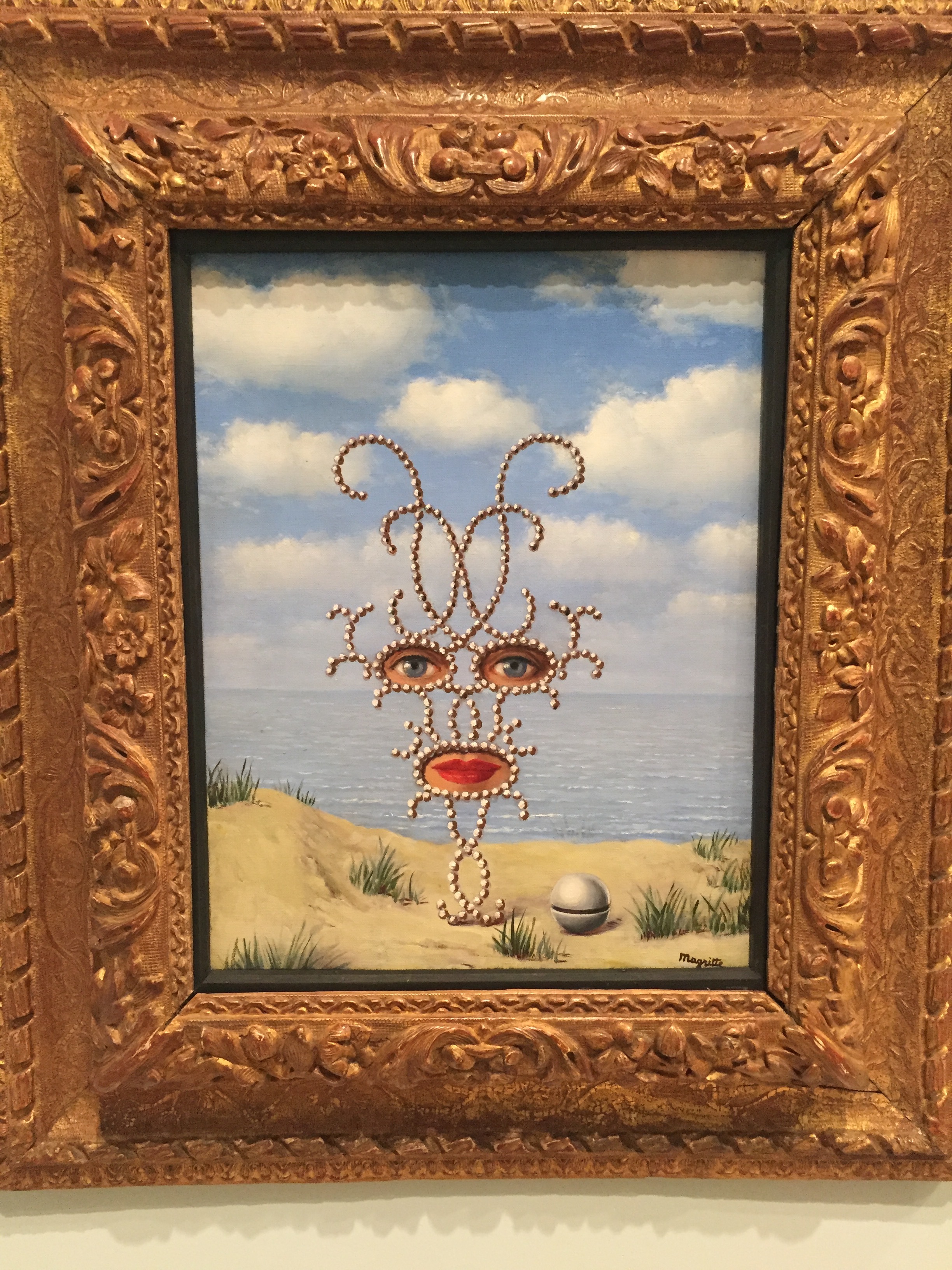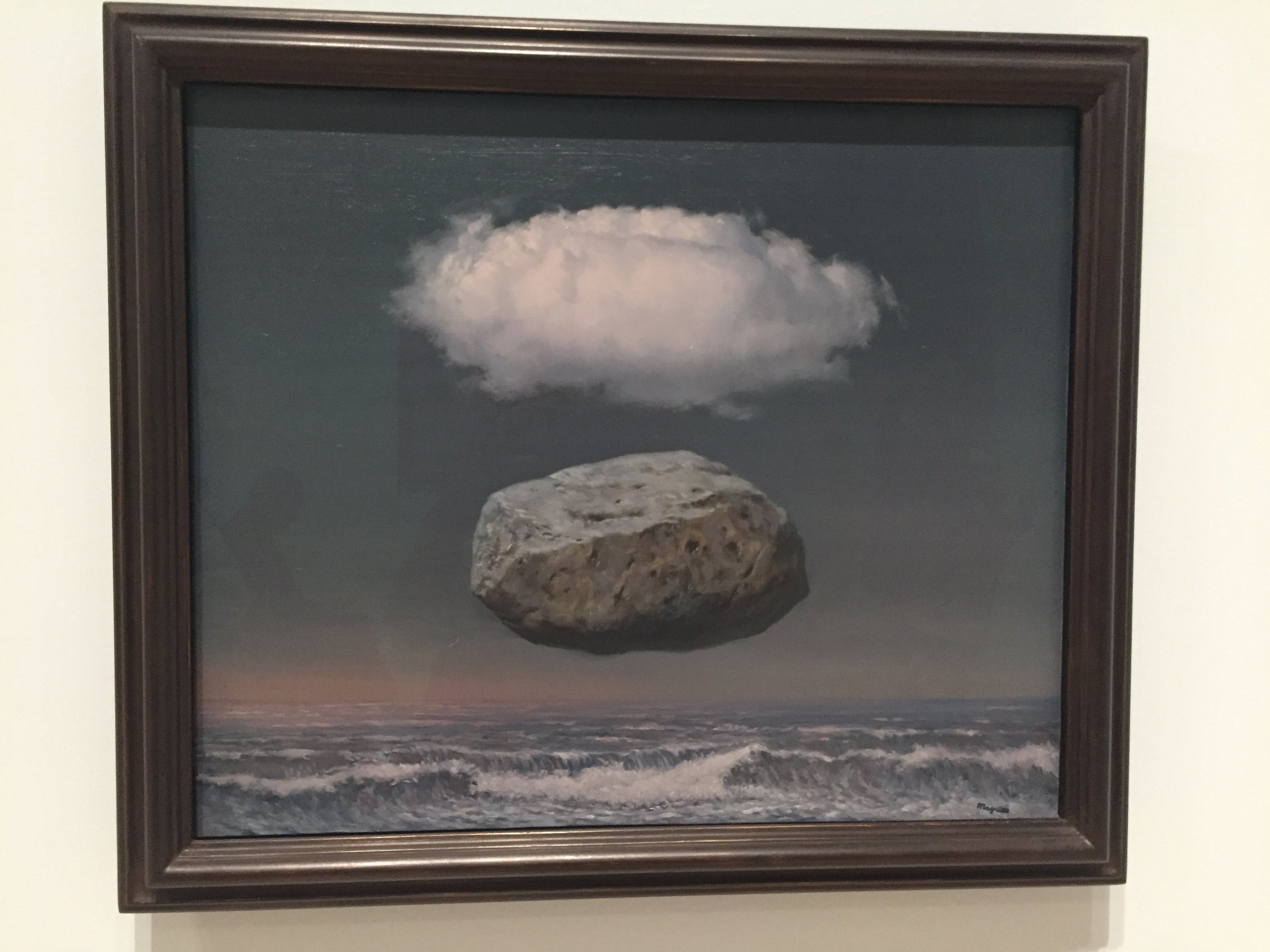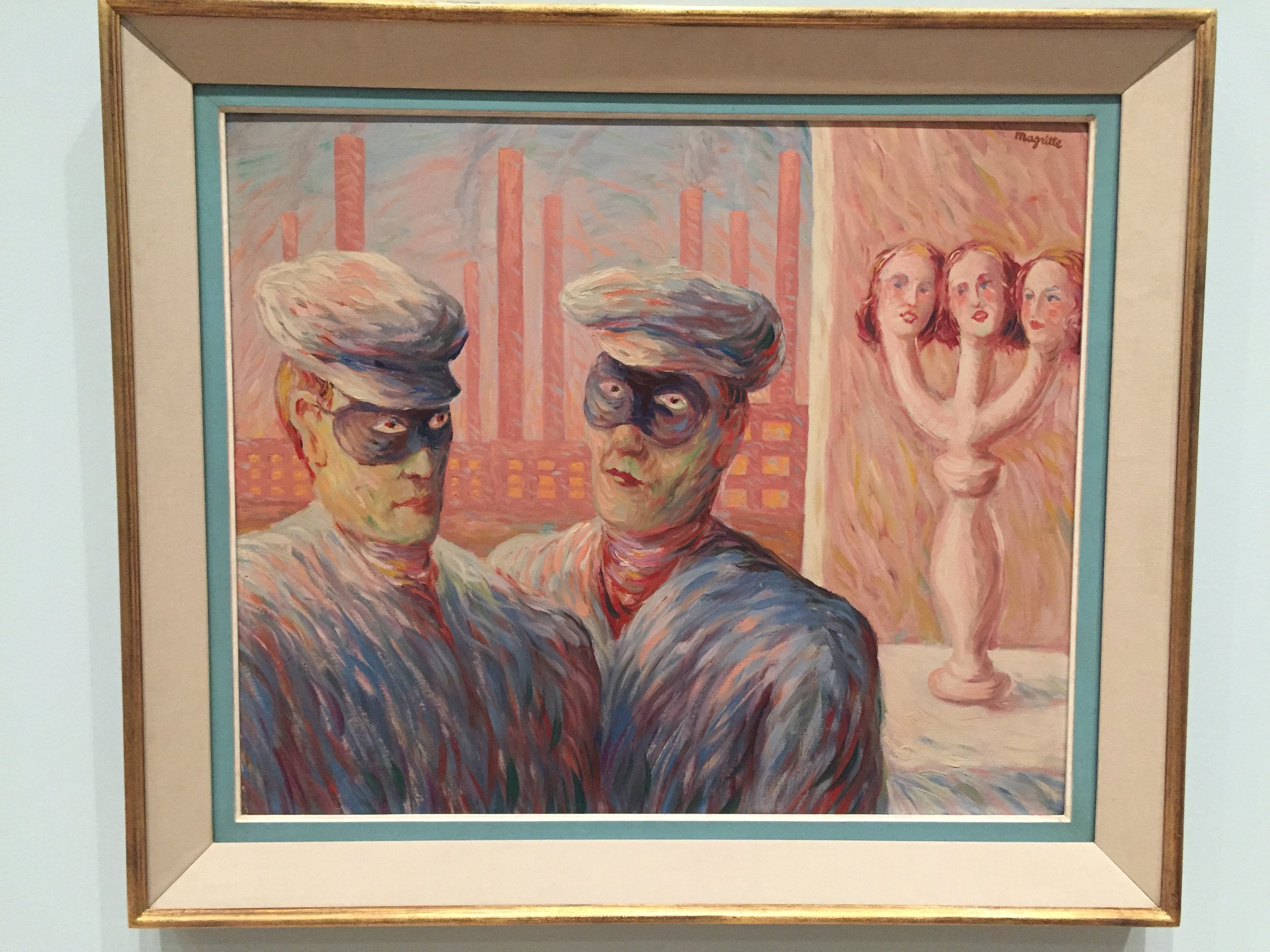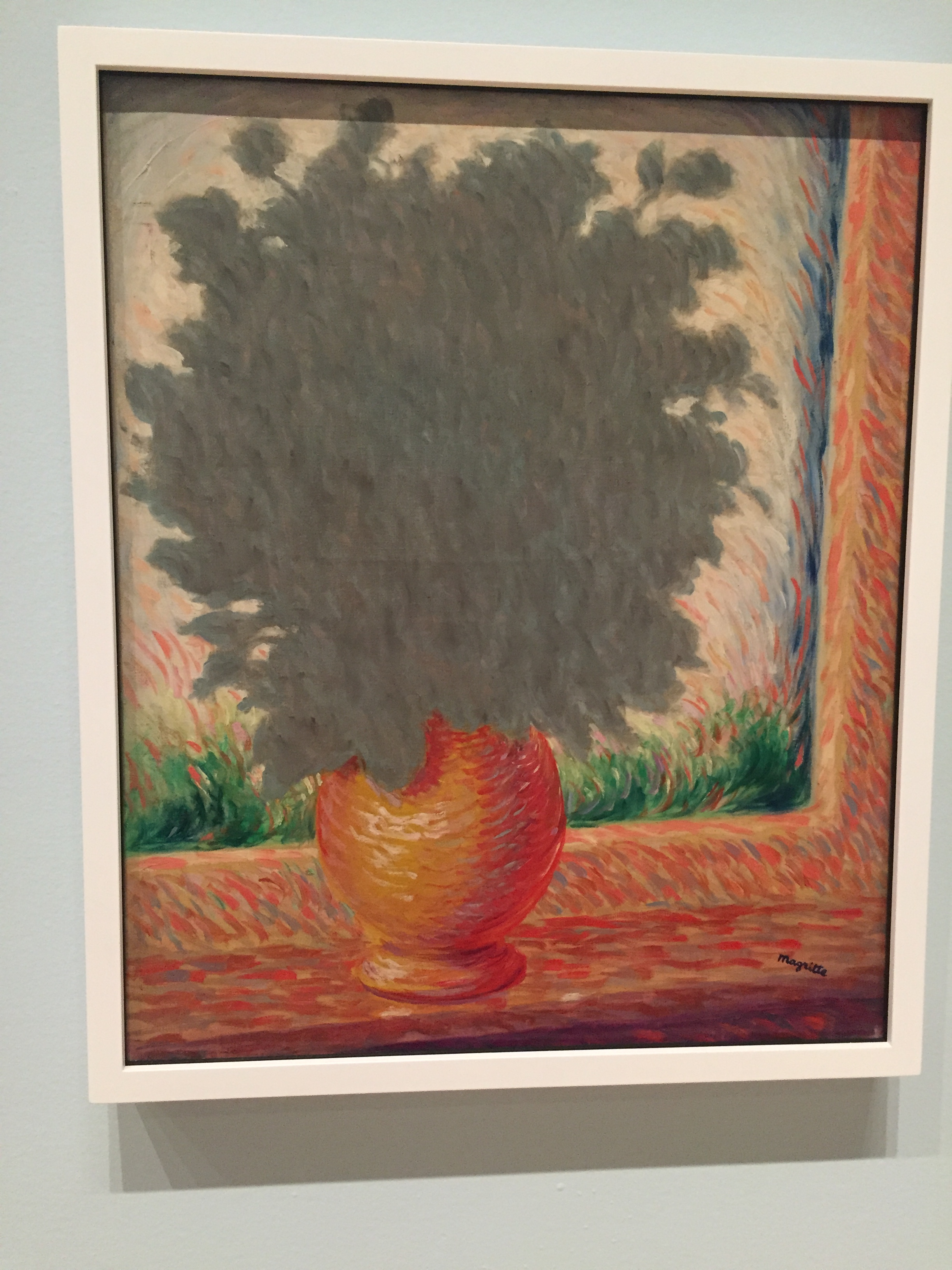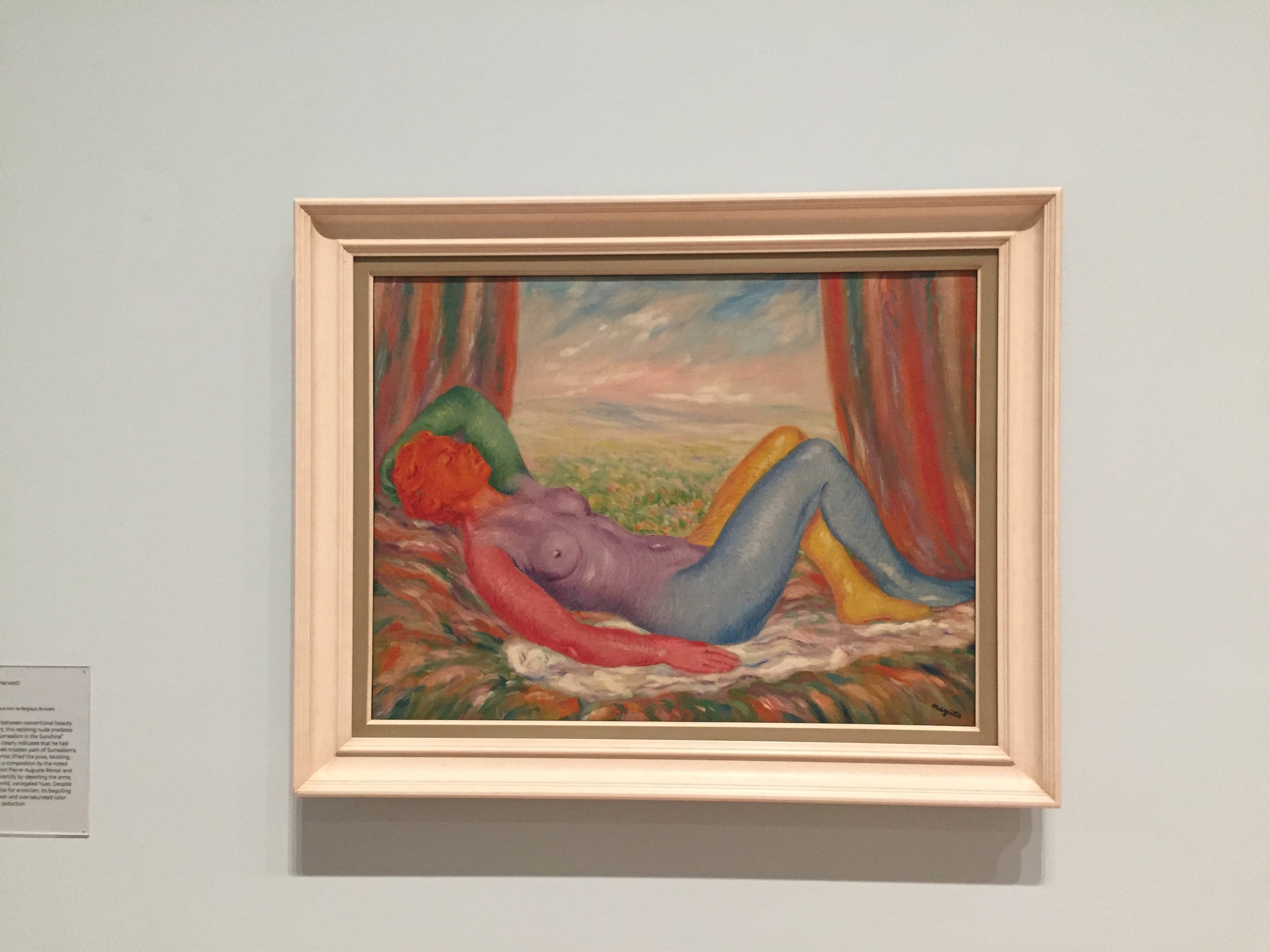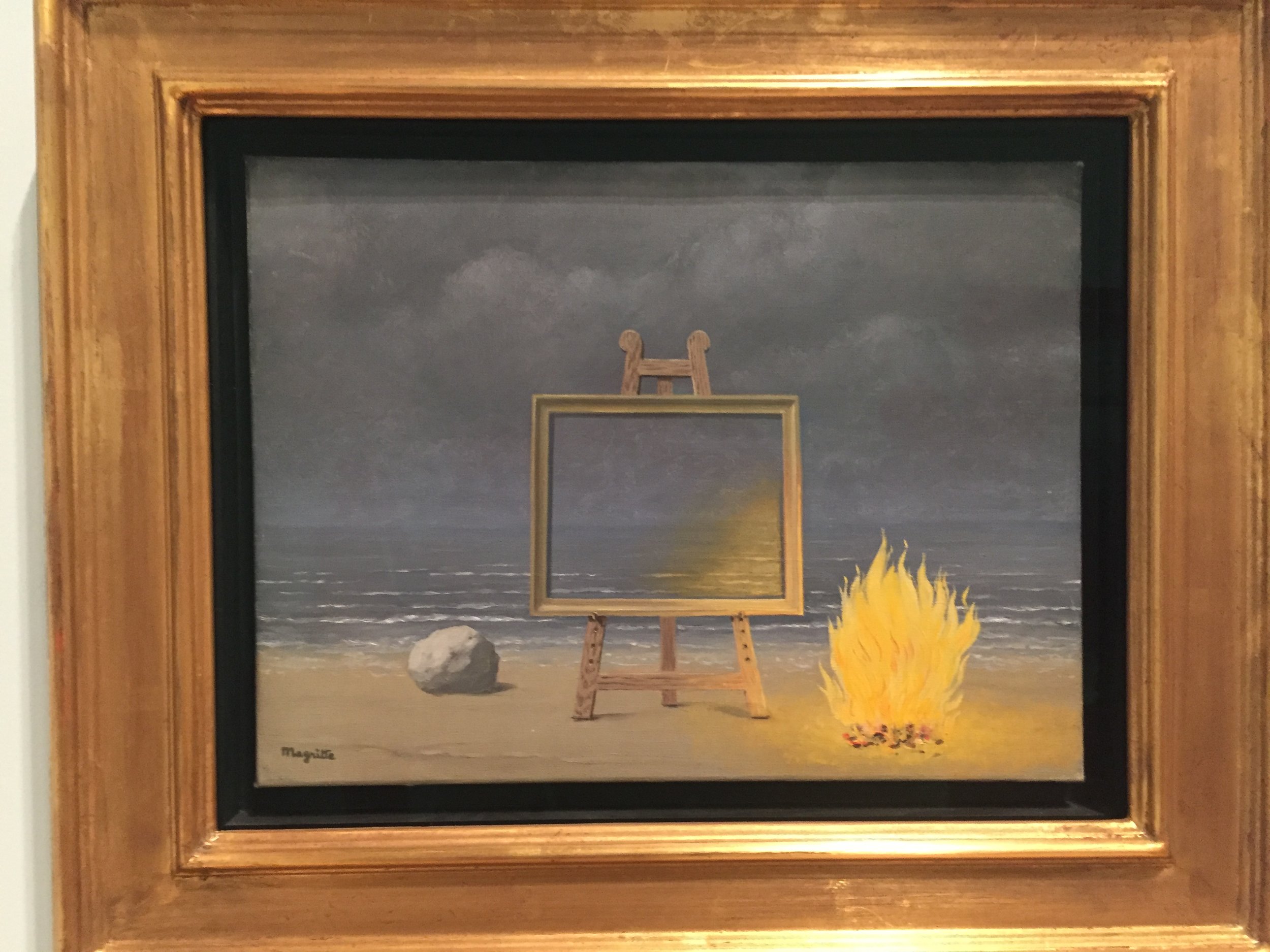I am not an ardent fan of landscape, however beautifully wrought, so Camille Corot, one of the great 19th century practitioners has not been much on my radar.
All this changed when I saw the jpegs of 44 of Corot’s Women in the National Gallery exhibition which has just opened in DC. I have not seen them in their sumptuous flesh yet but I have seen the catalog and heard the curators talk. Many of the paintings are on loan from the Met, but as this is the only venue of the exhibition which has also aggregated other important works, it’s worth a special trip.
To be female in the 19th century was fraught. In France, Balzac, Zola and Flaubert were zeroing in on the dilemma of those of the fair sex who did not have the resources to maintain a position in society. You were either well-to-do, or poor, a milkmaid, a courtesan or princess. If you were beautiful, it helped but then you had a choice of how to deploy your resources. Sometimes that did not turn out so well.
The paintings do not reflect the down trodden. And yet being a model in those times was certainly not an upper class occupation. The question about what the models did besides model is ever present. Curator Mary Morton suggests they were not performing for Corot. Are they thinking about how hungry they are and how soon they will be able to eat after posing, or something more elevated?
Corot, like his peers, had also certainly come to depend on photography, the medium that had taken the century by storm, and had fostered the development of collections of erotica.
Yet like Delacroix, after touring Italy or southern regions, Corot portrayed the exotic woman in situ, in costume, fully attired. His portraits are often pensive, his nudes not nearly as confrontational as Manet’s who looked the viewers directly in the eye, daring them to respond. Though he played with the male gaze, my impression is of a certain chastity and remove, even in his splendid odalisques. Picasso was apparently quite taken with them.
Corot was by all accounts religious and devoted to his mother and sister with whom he lived. Possibly asexual. He swore off marriage. His family had the resources to allow him to become an artist and finally with their blessing, after his sister’s death, he did so. His family were bourgeois wigmakers and hat makers and he had worked as a draper. Though he was reportedly very shy and wary of the female clients, he obviously had occasion to observe them in close quarters when they were at ease.
I have seen the sumptuous and thrilling Delacroix show in Paris now largely arrived at the Met. Delacroix is a favorite and I have to confess that Delacroix’s portraits of women are even more splendid.
But Corot captures something else. Not patriotism or sensuality, but a haunting interiority, a penny for their thoughts.

